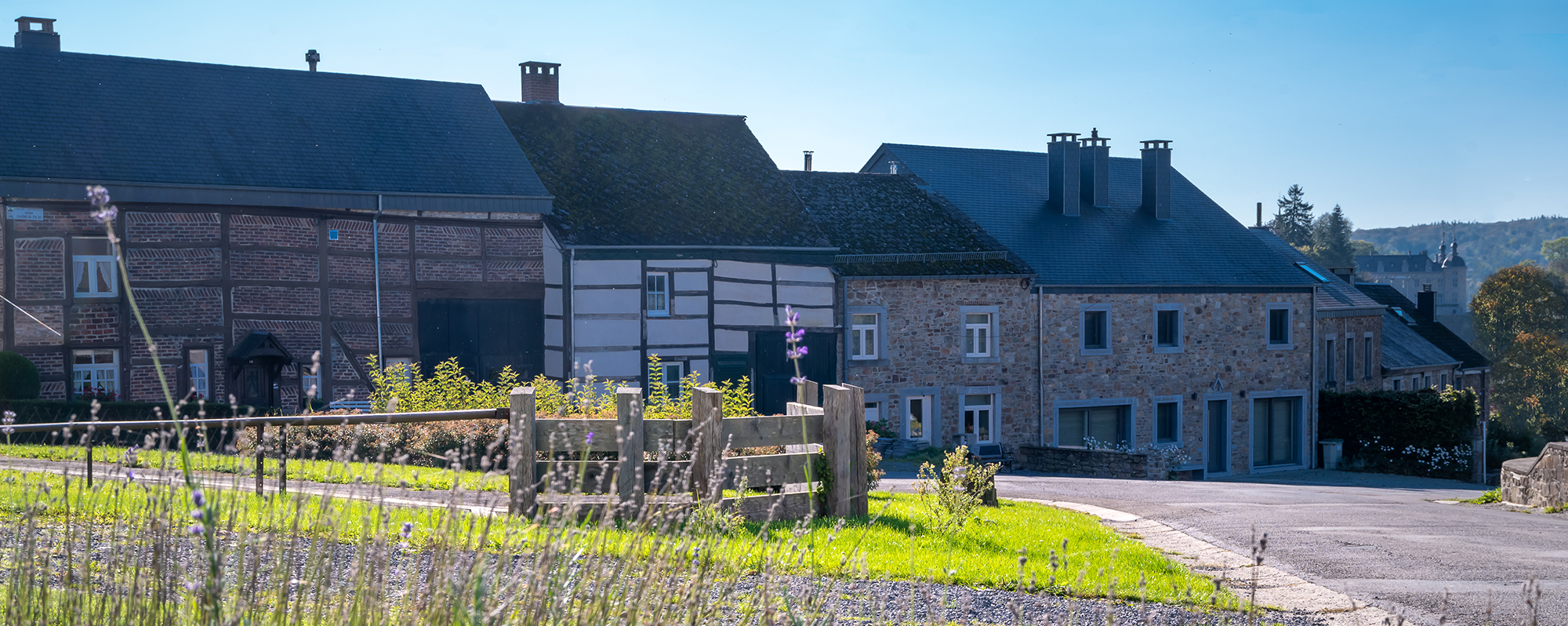
Characteristic of a region, a village, discover the traditional village settlements and the elements of rural heritage which comprise them.
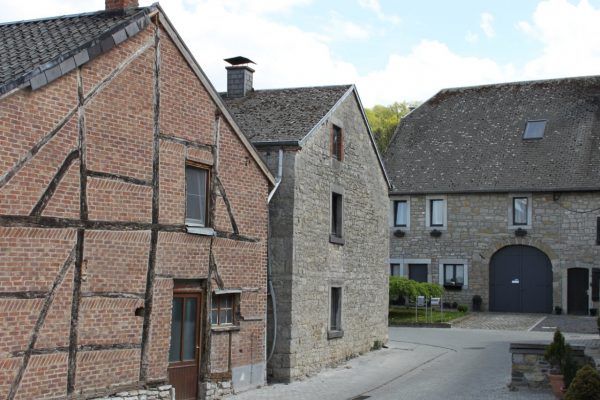
In the village of Ny, there are qualitative examples of buildings with half-timbered facades or gables.

Homogeneous volumes from the second half of the 19th century, typical of the regional habitat.

Facades inspired by urban mansions, a symbol of economic growth and success for the Olne bourgeoisie of the 18th century.
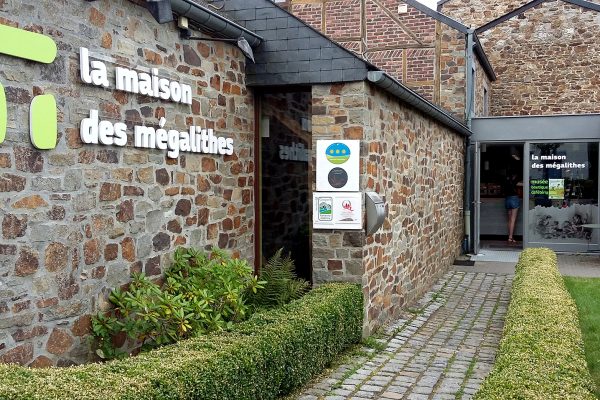
An ideal starting point for exploring the village of Wéris, the region and the famous megalithic field.
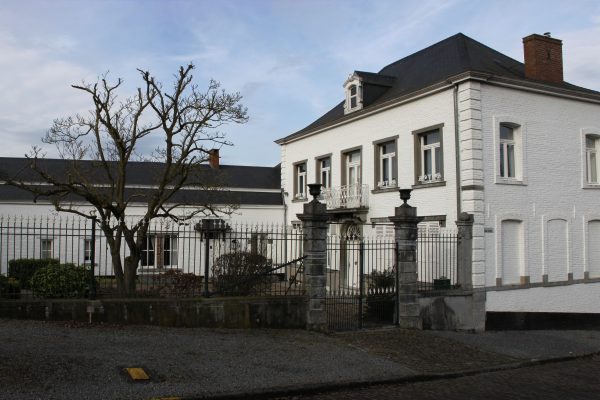
A witness to the local bourgeoisie of the 19th century, this remarkable mansion opens its main whitewashed façade onto a carefully wooded courtyard.

A traditional style tinged with baroque for this remarkable early 18th century building.
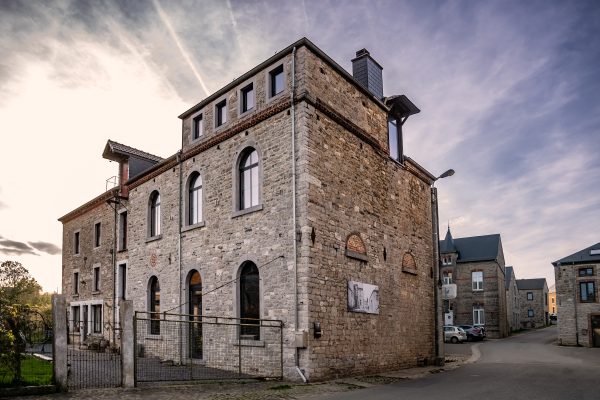
A brewery that used to be supplied with water by the Brou, a small, partly arched stream that flowed nearby.
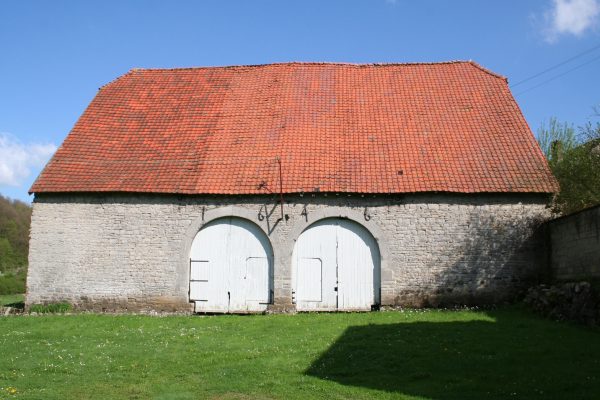
Dated 1646, a large orange-red vessel in the green landscape of Sosoye.
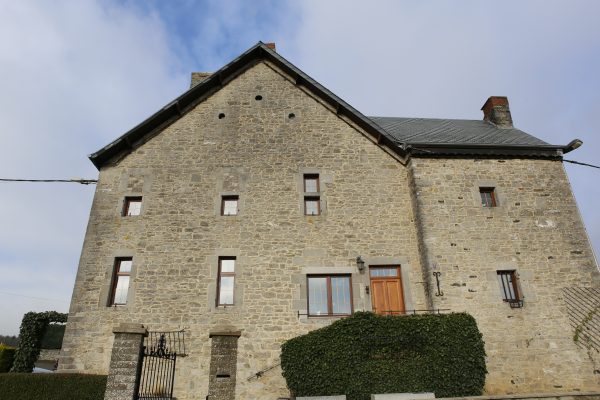
Buildings from the 17th, 18th and 19th centuries with seigniorial origins and former court of justice.
The association Les Plus Beaux Villages de Wallonie (The Most Beautiful Villages of Wallonia) oversees a network of 32 villages, bearers of a strong territorial identity and reflecting traditional architecture. It is committed to promoting the rural, cultural and natural heritage of Wallonia and is a part of the development of local and responsible tourism.
More information